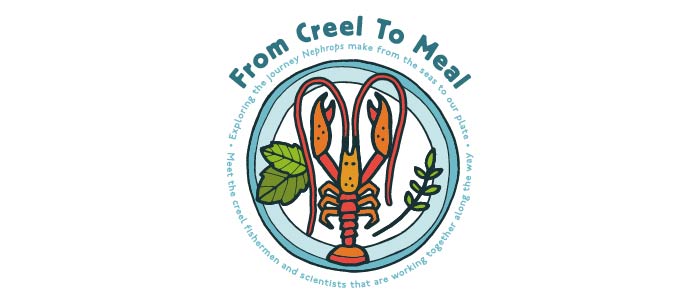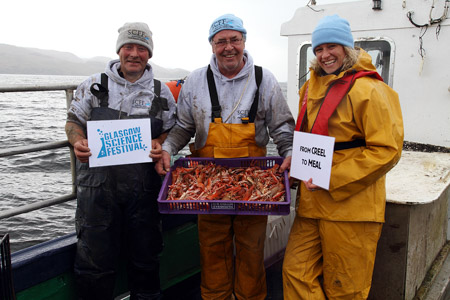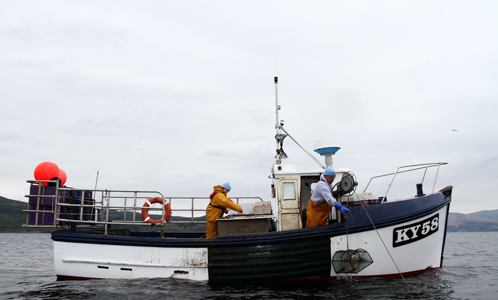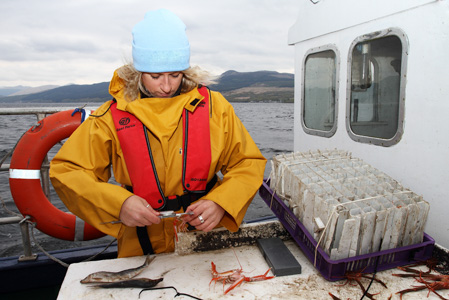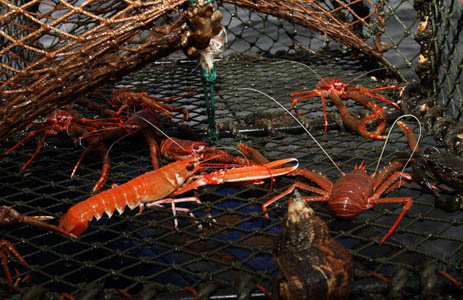Creel to Meal: The Science
The Background:
The project focused on a species called Nephrops norvegicus - aka Langoustine, Norway Lobster, Dublin Bay Prawn or Scampi
Scotland has the world’s largest share of Nephrops norvegicus and this species is very commercially important to the Scottish fishing industry.
Creel V Trawl:
A creel is a baited trap. They are roped together in a line called a ‘fleet’ which are deployed into the water. Nephrops are scavengers and are attracted to the smell. A creel is designed to make it easier for the animals to enter than leave. Bottom trawling is a when a net is pulled behind a boat along the seabed to catch the Nephrops as they leave their burrows.
Properly managed, creeling is a sustainable way to fish. Compared to trawling it is:
• Significantly less damaging to the seafloor/ habitat
• Greatly reduces unwanted bycatch (smaller, less valuable Nephrops, ‘berried’ Nephrops females (carrying eggs) and other fish/ shellfish species)
• Has a significantly smaller carbon footprint (mainly fuel consumption)
• Animals are less likely to be damaged. Better quality means a better price at market.
The Research:
McNeill et al research project: The effect of creel design on catches of Nephrops norvegicus
A goal of creel design is to catch larger, more valuable individuals and leave undersized individuals in the water.
Hypothesis: (the question a research project sets out to answer)
Can we change the abundance (number) of different sized (small, medium, large and very large) Nephrops caught by changing the size of the mesh used to build the creel?
Method:
11 fishermen were asked to be ‘Citizen Scientists’ and help us collect data for our project. We gave each fisherman one fleet of creels. Each fleet contained 60 creels. We used three different designs of creel with a mesh size of 20 creels with 38mm, 20 creels with 40mm and 20 creels with 42mm.
As the fisherman hauled in their creels, they recorded:
• The number of Nephrops in each individual creel
• What size they were
• Where they male or female
• What mesh size that creel was (38mm, 40mm or 42mm).
Conclusion:
By altering the design of the creel we can selectively target different sized Nephrops. The 42mm allowed us to catch more of the large animals and less of the small ones.


